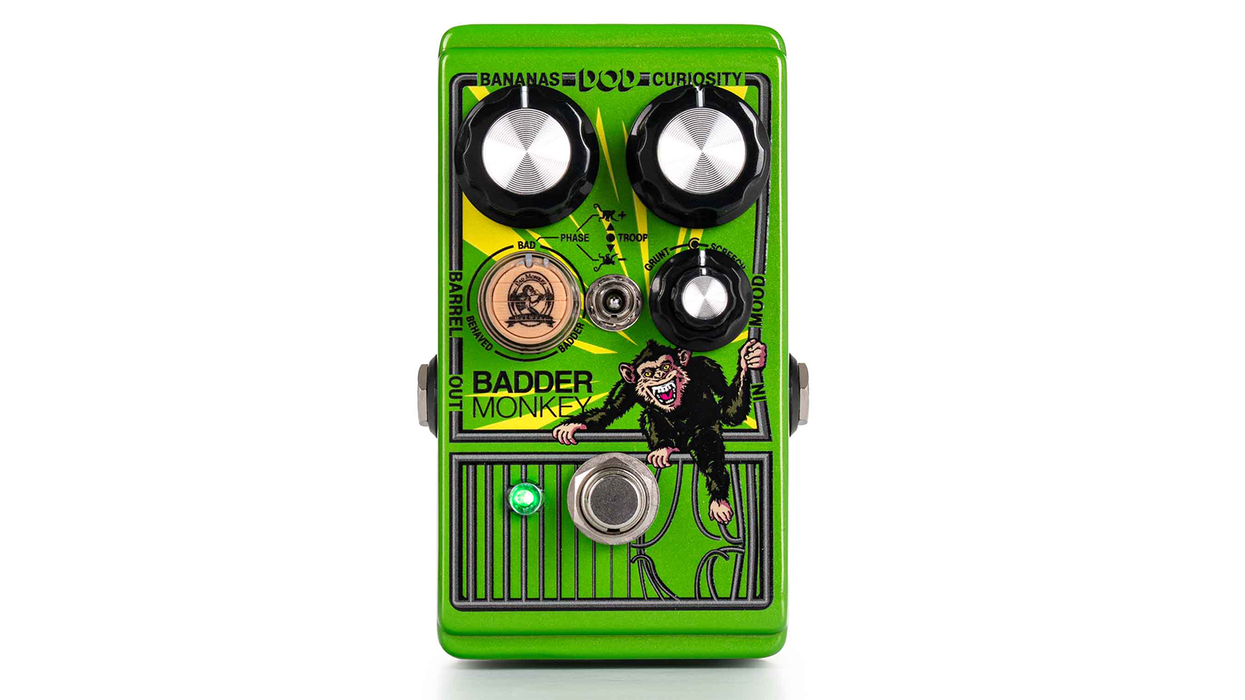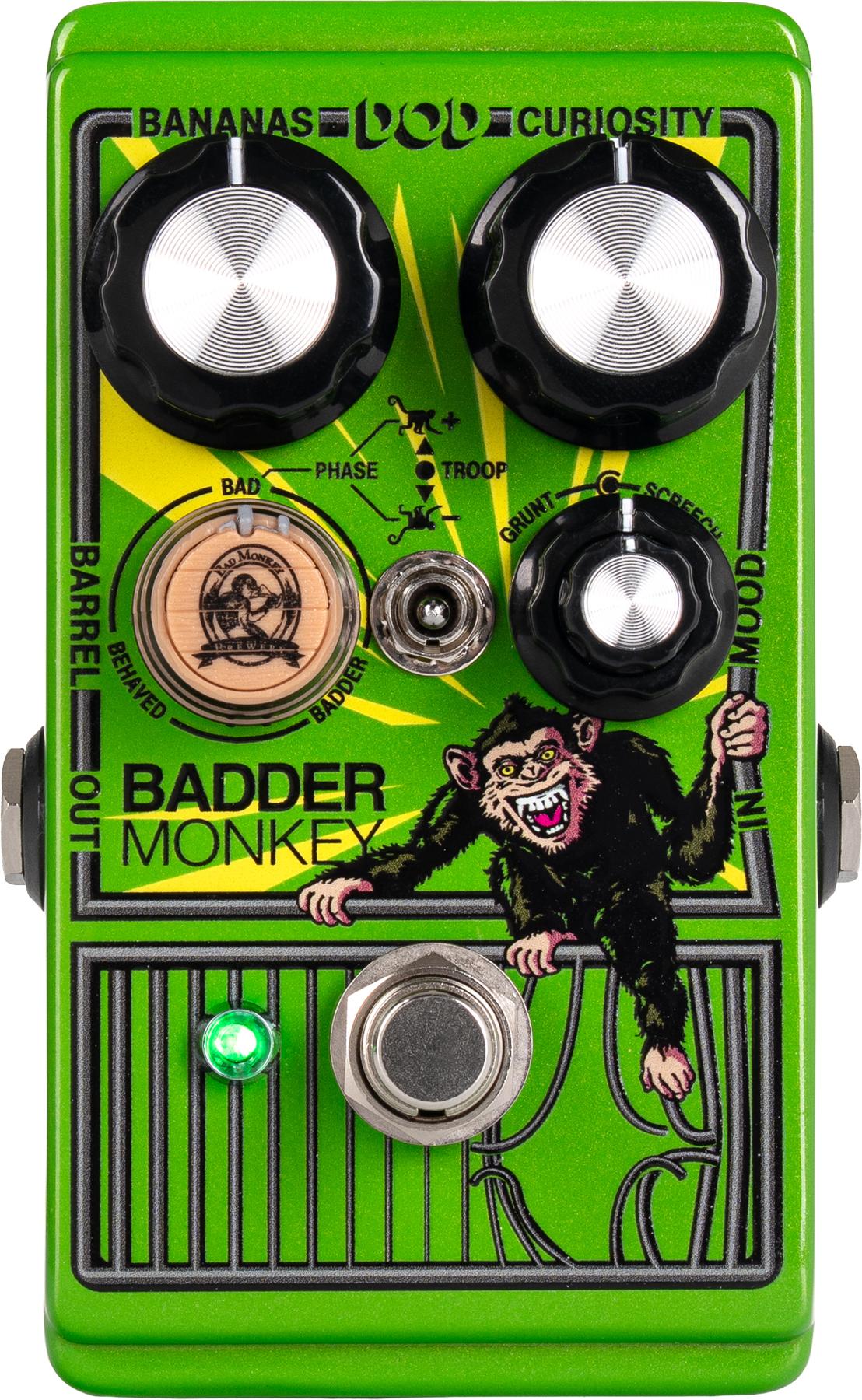In the mid-‘70s, I was a sales rep for a local
electronics parts supply house in South San
Francisco called Edisco. What happened
during my first day on the job as I was
making sales calls in and around Santa Cruz,
California, would alter my musical life forever.
I’ll never forget the ritual of going from one
retail electronics store to another, showing
my prospects Edisco’s extensive catalog of
capacitors, resistors, solder, new-old-stock
tubes, and a staggering array of different
types of hook-up wire. Before heading south
on Highway 1, I had been given a computer
printout of stores to call on that day. To make
things easier for myself, I started calling on
these stores in alphabetical order, working
down the long list one-by-one.
As it turned out, that first day was quite
successful for me, as I knocked out A through C
in the morning hours. As I sat in my car wolfing
down my lunch, I pulled out the printout to see
where I was going next. The first call on the “D”
portion of the list was Dumble Amplification.
It may seem funny now, but at that time I had
never heard of the company.
Dumble was located on a very scenic drive, in
an unforgettable house overlooking the waters
of Monterey Bay. It was one of those classic
California cliffside homes that was supported
by stilts driven deep into the sand way below
the main structure. I had a very strange feeling
about this house as I vividly imagined it in
my mind’s eye tumbling into the sea—as if
it could’ve if an earthquake had struck the
local vicinity (this was approximately 13 years
before we were jolted beyond belief by the
earthquake known as Loma Prieta).
As that wobbly, vertigo-laden vision played
in my head I approached the front door and
hesitantly rang the doorbell. After a moment
or so, Alexander Dumble answered the door
and said, “What’d ya got? Come on in!”
He led me down to his shop area/lair, where
I saw a really cool-looking 1x12 combo
amplifier perched up on the workbench,
fresh from assembly. On the face plate were
the silkscreened words, “Overdrive Special”
and, from that moment forward, I was keenly
interested in hearing what this unknown
amplifier (to me, anyway) could do.
When asked if I could try it out, Mr. Dumble
was more than happy to hand me the shop
guitar, which appeared to be a late ‘60s-era
Les Paul Custom. Another detail that I clearly
remember was an Altec-Lansing 417-8C
12-inch speaker mounted inside the combo.
It was the same Altec-Lansing speaker as the
ones that suffered their untimely “deaths by
microphone” in my Twin Reverb. The burning
question in my mind was whether he had
another pair of Altecs that I might buy (turns
out he didn’t).
And so, without further adieu, I plugged straight
in to see what I might discover. Wow! I was
completely stunned at how well the amplifier
responded to my touch. Not only that, but I
could immediately detect something very unique
about the tone. It was definitely large and in
charge, putting it mildly. It was the very first
time that I heard that voice—what you might
call “Flugelhorn midrange”—and the overdriven
tone was thick, rich, and elastic. It was an
amazing sonic texture to behold that could best
be described like this: Imagine for a second the
way a nice chunk of premium European milk
chocolate, or freshly churned butter, melts down
the sides of your mouth when it warms up.
That’s the way this amplifier sounded to my ears.
The second thing I noticed was the remarkable
speed of its response to what I played through
it. The term now used to describe this is what
Ken Fischer would call a fast response amplifier.
This is in stark comparison to any Fender
amplifier, which he referred to as slow, or
gradual, response. The actual “feel” between
these two types of amplifiers is markedly
different. With a fast response amplifier, any
mistakes you make will come out loud and
clear. You cannot hide this in any way! They
are extremely unforgiving to your fingers and
as such, you must get used to this lack of time
delay. Quick reactions are required to tame
the Dumble animal! By contrast, any Fender
amplifier is much more forgiving, thus allowing
you to get away with many more clams.
Of course, I inquired as to the price of
these special amplifiers. Back in those early
days, the price of a Dumble amplifier was
somewhere in the $1250-$1300 range.
Just to give you a little perspective, a new
Mesa Boogie Mark I combo amplifier (also
handmade) was approximately $300 less, and
came fully loaded with all the options (that
said, these two brands of amplifiers do not
sound similar to each other in any way).
An interesting side note: The afternoon I spent
with Dumble was illuminating for yet another
reason. His Les Paul Custom felt really odd to
me. When I handed it back to its owner, he told
me that the high E string was an .018, yet he
bent it like it was a rubber band! No wonder my
fingers had a very hard time bending the E.
Next month we’re going to talk more about the
origins of the first fast response amplifier circuits
and how they influenced Alexander Dumble
(and a few others) to develop killer sounding
tools for the electric guitarist. There will be some
more surprises in store, so stay tuned!
Dean Farley is the chief designer of "Snake Oil Brand Strings" (sobstrings.net) and has had a profound influence on the trends in the strings of today.







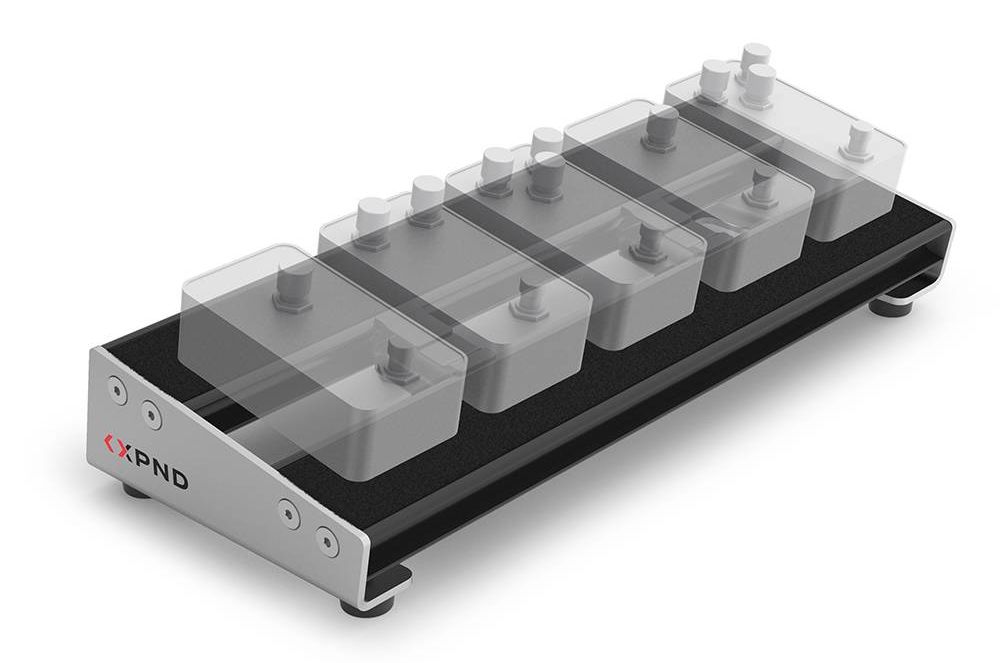
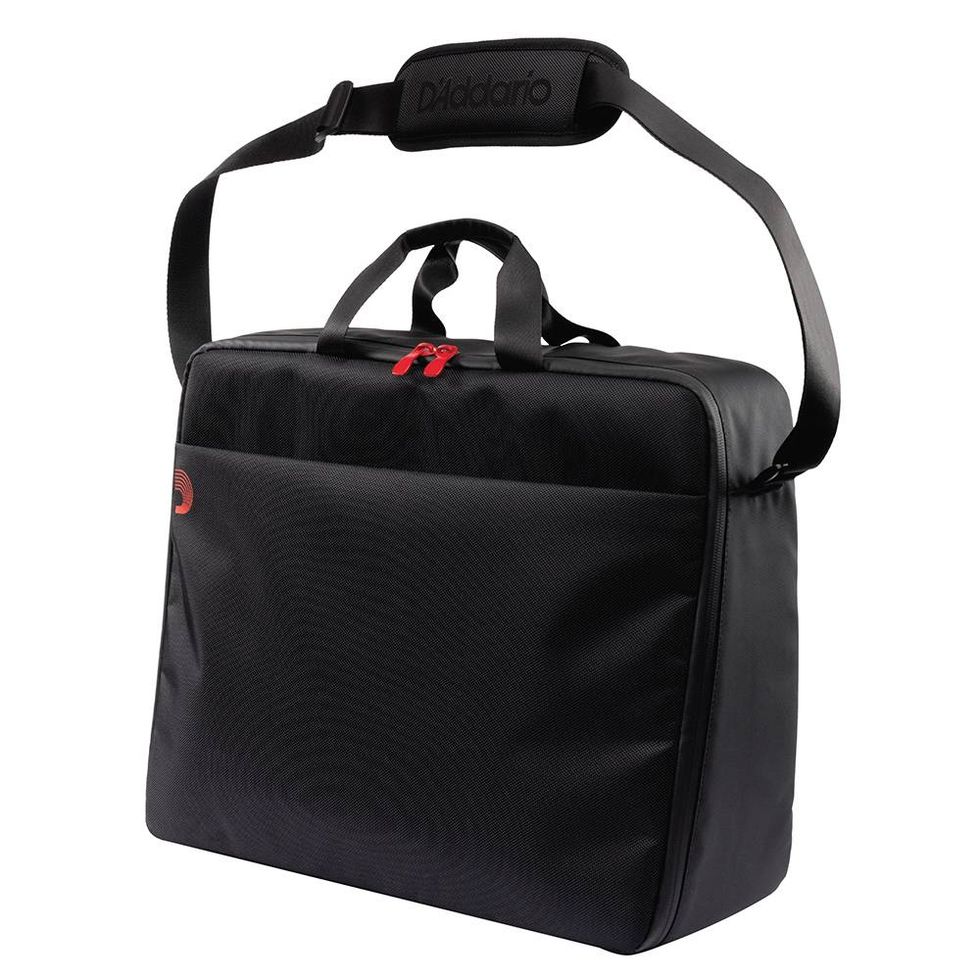








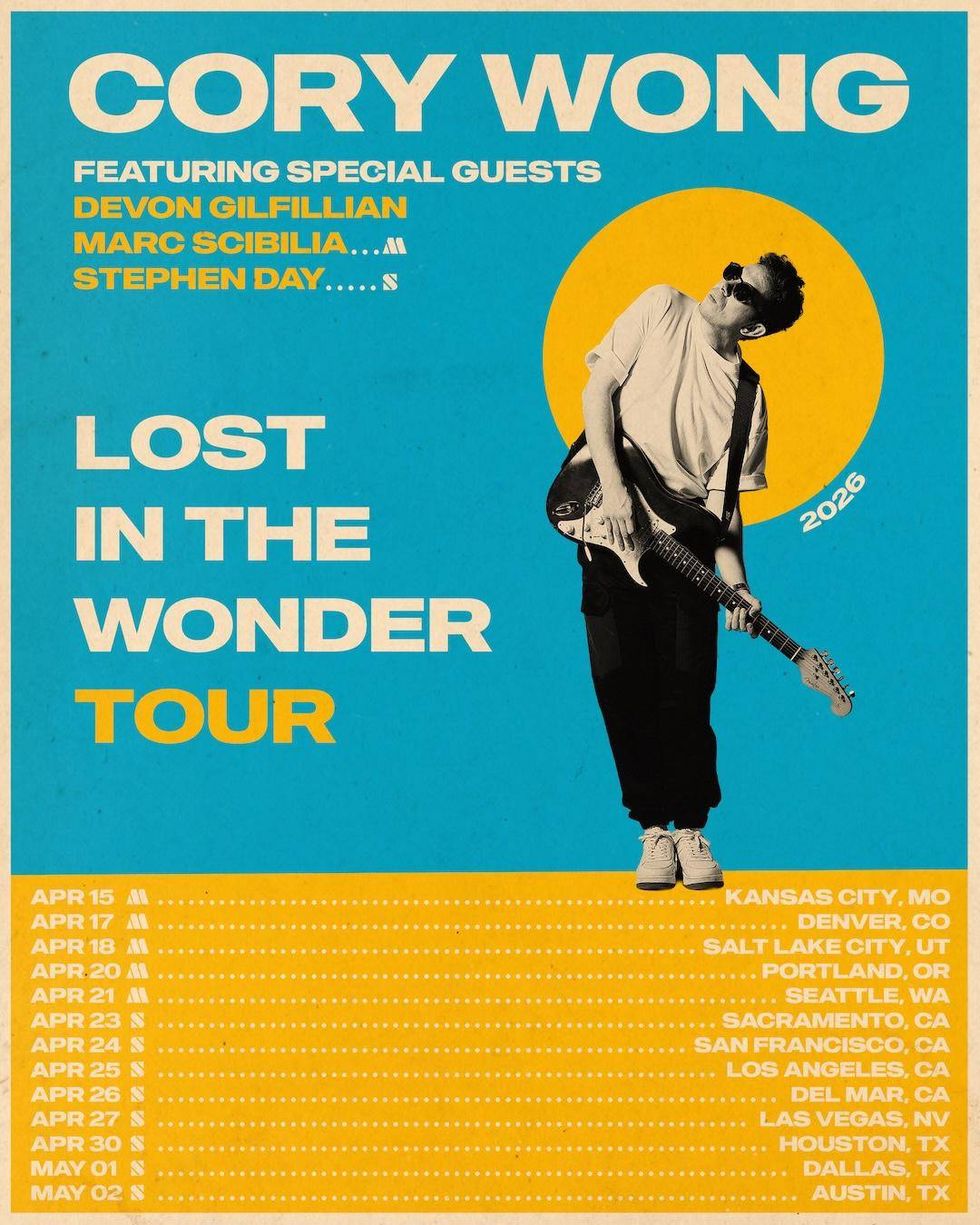
![Rig Rundown: Russian Circles’ Mike Sullivan [2025]](https://www.premierguitar.com/media-library/youtube.jpg?id=62303631&width=1245&height=700&quality=70&coordinates=0%2C0%2C0%2C0)







